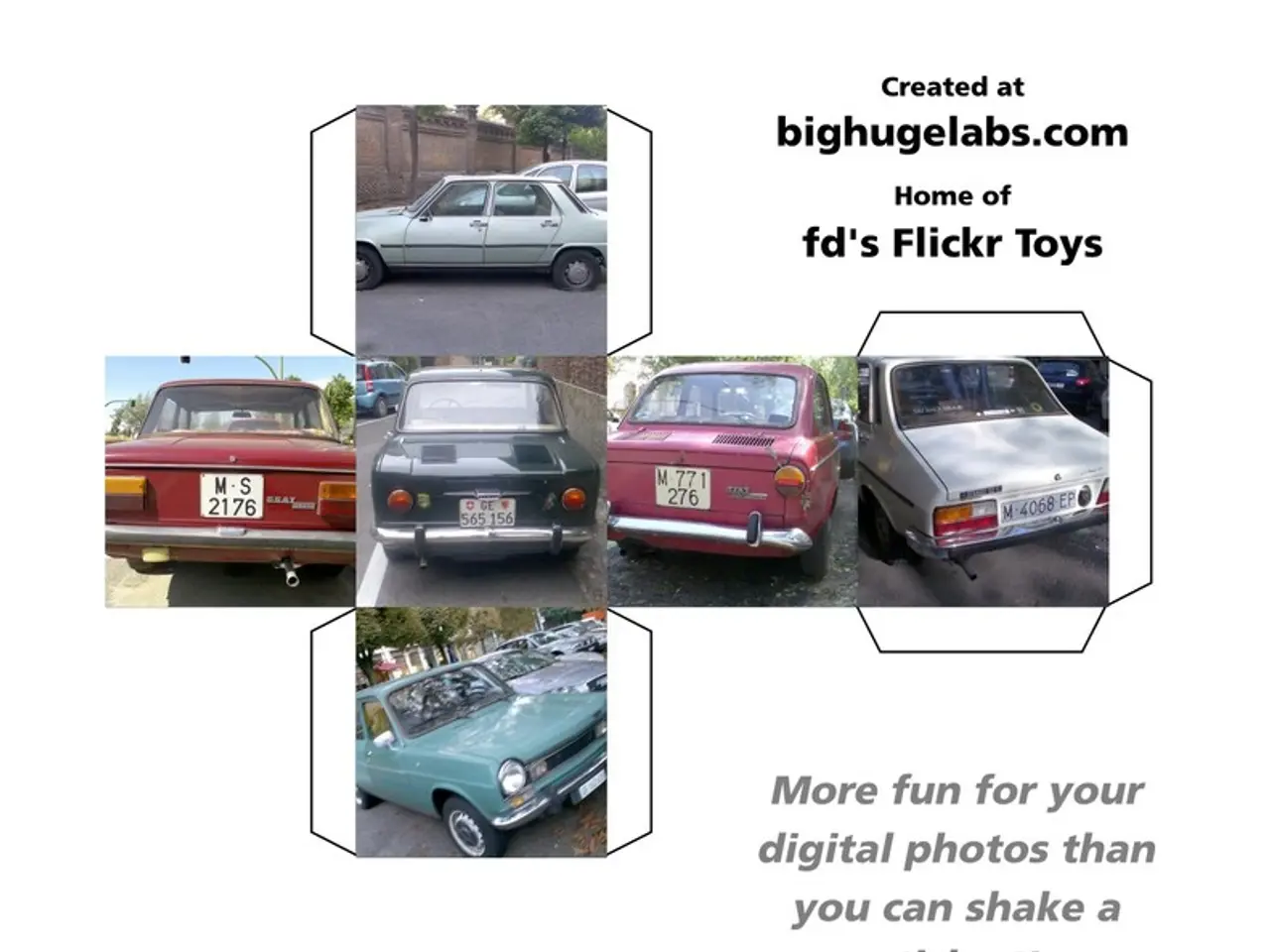Cookies utilized by Autovista24 to enhance your user experience
In the rapidly evolving world of electric vehicles (EVs), October 2025 has seen significant shifts in the global market.
The Tesla Model Y, the current best-selling battery-electric vehicle (BEV), recorded 85,494 registrations, maintaining its dominance in the sector. Meanwhile, the Wuling Mini, a Chinese BEV, reported a impressive 68.1% year-on-year growth, representing 3.2% of global BEV registrations. Notably, the BYD Seagull came in second, with 54,722 units and a growth of 44.6%.
In contrast, the BYD Song, the leading plug-in hybrid electric vehicle (PHEV), saw total deliveries lower than the Model Y, but higher than its year-on-year growth of 9.3%. However, the PHEV market is showing uneven trends. In Europe's key market, Germany, PHEV registrations grew significantly by 55.1% in the first half of 2025, resulting in total PHEV registrations of 469,410 units.
In China, however, PHEV sales have been falling despite price reductions and new model introductions, indicating a demand problem for PHEVs. BYD, a leading manufacturer in PHEVs, reported a 23% year-on-year decline in PHEV sales in China around mid-2025 despite expanding their PHEV lineup and offering discounts.
In the United States, the EV market share (including BEVs and PHEVs) was approximately 7.4% in Q2 2025, slightly down from 8.0% a year earlier. Tesla holds a strong position with about 46% of the U.S. EV market share, although its sales are down 10% year-over-year.
Meanwhile, Europe is witnessing a surge in BEV sales. In the first half of 2025, BEV sales in Europe increased by 25%, reaching over 1.19 million units and a 17.4% market share for BEVs, up from 13.8% a year earlier. Tesla remains a dominant BEV player, with BYD being the most BEV-dependent large car brand after Tesla, though BYD’s BEV share slightly dropped as it diversified to hybrids and internal combustion engine vehicles to manage tariffs.
Other brands like Ford, Volkswagen, Hyundai-Kia, BMW, and Renault have increased their BEV market shares in Europe. The current global trend suggests growing consumer preference for BEVs over PHEVs in some regions, influenced by policy, tariffs, and technology advances.
In the midst of this dynamic landscape, new models are emerging. The next generation of the Wuling HongGuang Mini has smoothed out angles and offers a five-door version. Meanwhile, the BYD Yuan Plus finished October in fourth place, with a 28.3% year-on-year decrease in registrations and a market share of 3.2%. The BYD Yuan Up had 20,232 new units and a market share of 1.9%. The Wuling Bingo captured 2.3% of the market, down from 2.7%, but recorded registration growth of 2.6%.
Lastly, the Xiaomi SU7, currently available only in the Chinese market, had 20,726 deliveries and represents 1.9% of the global BEV market. These new entrants are poised to shake up the market further, as the race for electric vehicle dominance continues.
Technology and lifestyle are intertwined in the electric vehicle (EV) sector, as consumers embrace sustainable living and adopt the latest technologies. For instance, the Xiaomi SU7, a new electric vehicle available only in China, marks an entry of a tech company into the EV market, which could potentially disrupt the status quo. Meanwhile, car brands like Tesla, BYD, Ford, Volkswagen, Hyundai-Kia, and BMW are expanding their electric-vehicle ranges, catering to the growing consumer preference for electric vehicles over traditional combustion engines.




